Liu Jiakun, 2025 Pritzker Prize Laureate
A pioneer in Chinese architecture, he stands out for his conceptual and socially conscious approach. His work integrates history, culture and contemporary urbanism.
Liu Jiakun has redefined the concept of architecture in China, prioritising adaptation to local needs over the pursuit of a specific style.
His architectural philosophy emphasises functionality and commitment to the community. Jiakun successfully responds to the challenges of the country’s rapid urbanisation.

From Art to Architecture
Jiakun aspired to be a painter and writer but later decided to study architecture.
Liu Jiakun was born in Chengdu, China, in 1956. He worked at the Chengdu Academy of Architectural Design, but abandoned architecture to devote himself to the arts.
For a decade, he explored painting, writing and meditation.
He finally returned to his initial focus and, in 1999, founded his architecture company, Jiakun Architects, marking the beginning of a career that combines his love of the arts with an innovative vision, specialising in Cultural Architecture.
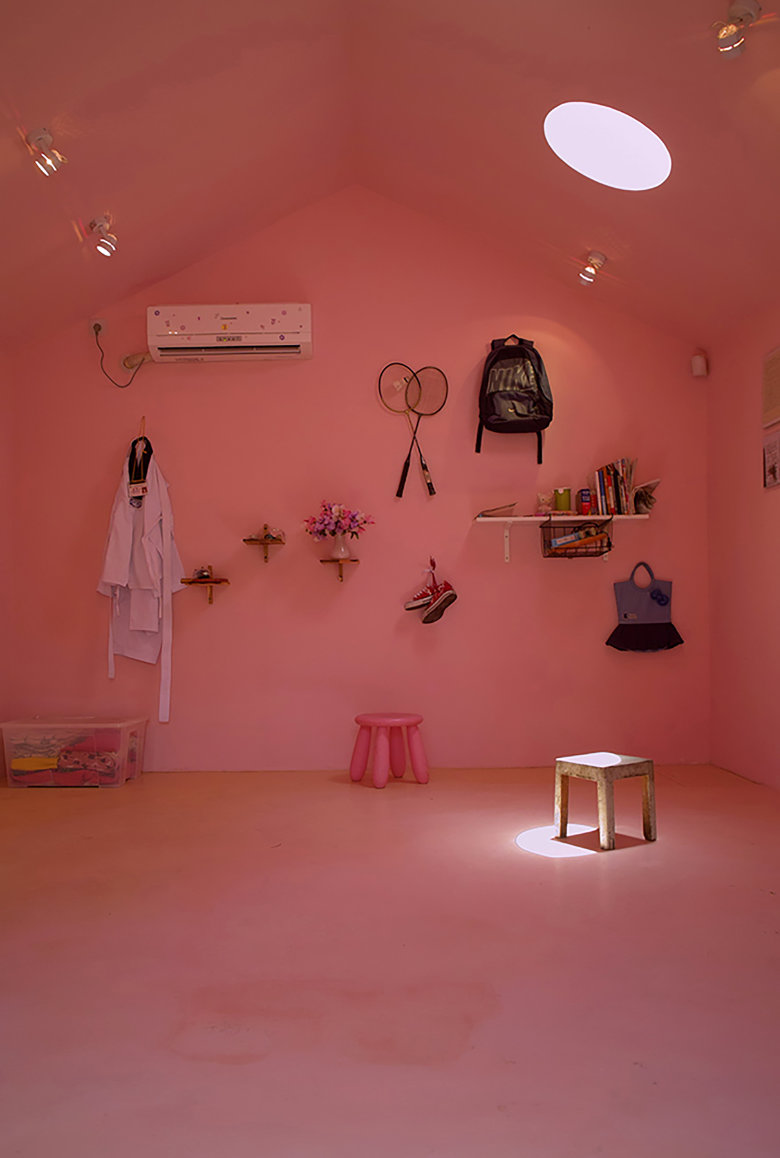
His philosophy: strategy before style
Jiakun’s approach is not based on a fixed style, but rather on a strategy of adaptation that responds to the characteristics of the site, the materials and the social needs of each project.
For him, architecture should emerge organically from the environment, without imposing external or foreign forms.
His work is influenced by Chinese philosophy and Heidegger’s thought, valuing poetry and atmosphere over mere functionality.
Liu believes that buildings should evoke a sense of place and belonging, rather than adhering to predefined aesthetics.
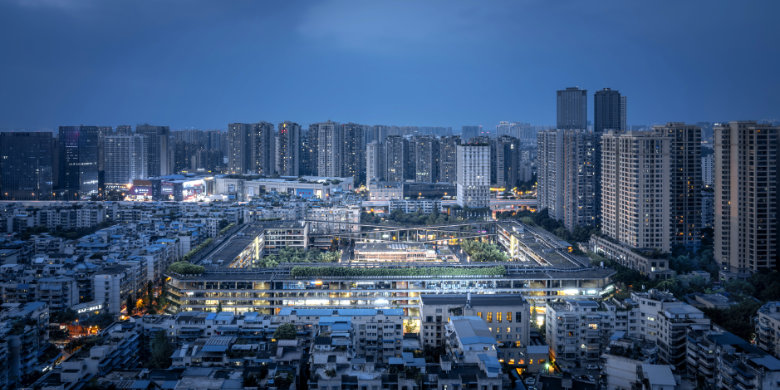
Collaboration with local artisans
A key aspect of Jiakun’s design process is collaboration with local artisans.
This approach ensures that his buildings are not only functional, but also constructed with traditional materials and techniques that reflect the authenticity of the site.
By working closely with these artisans, Liu ensures that the architecture is accessible, practical and rooted in the reality of its context.
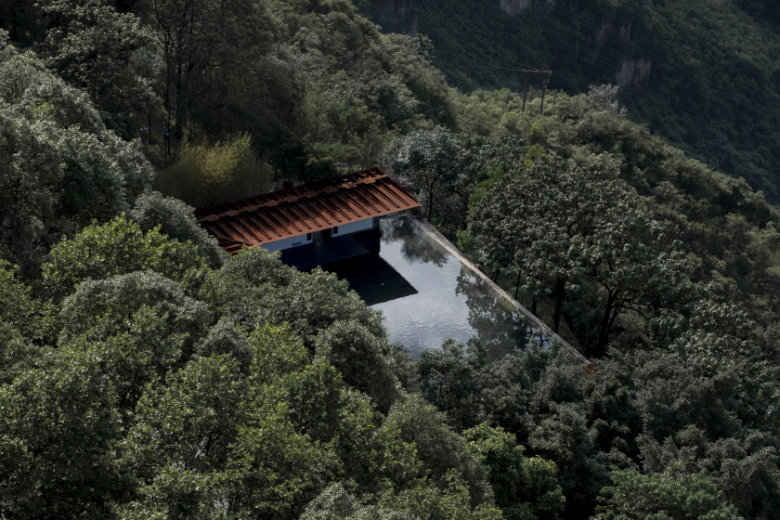
Public Spaces in dense cities
Liu Jiakun has challenged the traditional segregation of residential, commercial and public spaces, especially in high- density cities like Chengdu.
Instead, he promotes an integrated approach, where public and private spaces intertwine to foster interaction and community life.
A prominent example of this approach is the Xicun Compound (2015). It is a complex that breaks with conventional high-rise designs by seamlessly integrating residential, commercial and public areas.
This project reflects his vision of a more humane urbanisation, where density does not entail the loss of liveability or shared spaces.
Reinterpreting Chinese Architecture Liu Jiakun is inspired by traditional Chinese architecture, but does not simply replicate it. Rather than a literal reproduction, he seeks to reinterpret thespatial qualities of historic buildings using contemporary materials.
One example is the Suzhou Imperial Kiln Gold Brick Museum (2016), which employs modern materials to create an atmosphere of openness and historical continuity.
Similarly, in the Luyeyuan Stone Sculpture Art Museum (2002), he combines the philosophy of traditional Chinese gardens with contemporary design, creating a fluid interaction between architecture and nature.
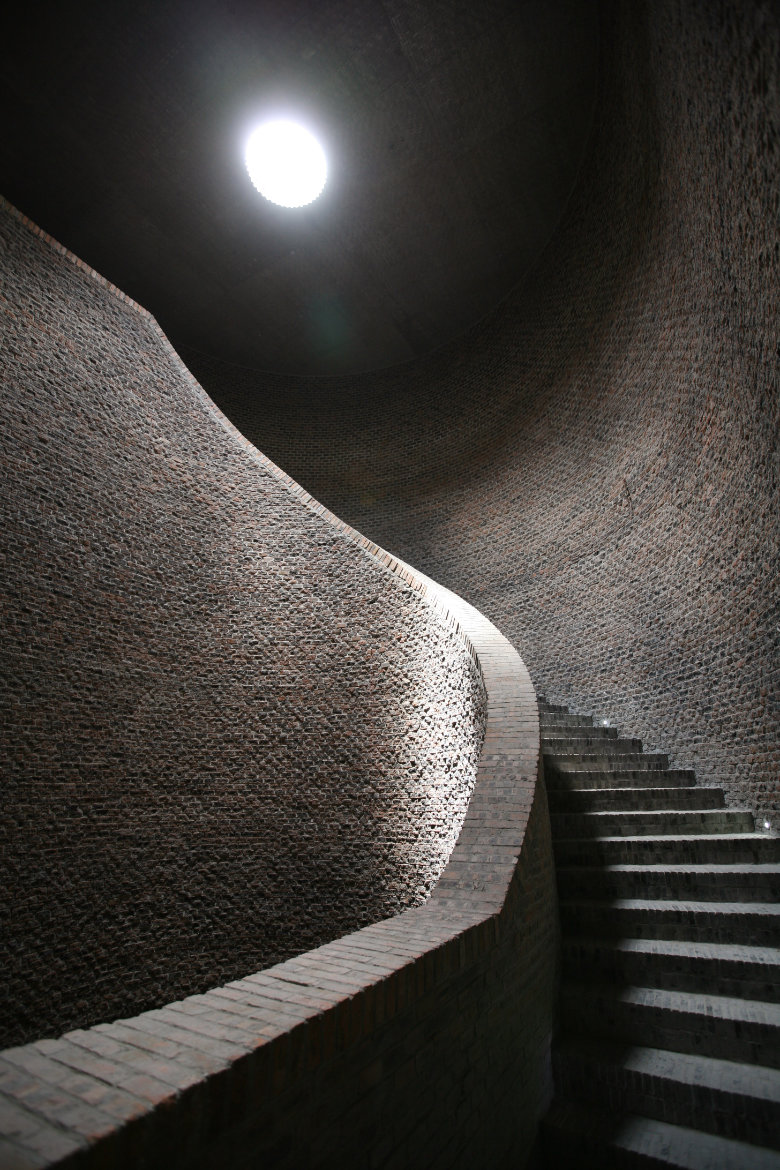
Innovation after the 2008 earthquake
Following the devastating 2008 Sichuan earthquake, Jiakun developed an innovative technique to recycle disaster debris and turn it into “reborn bricks.”
The process not only helped tremendously in the reconstruction of affected communities but also allowed destroyed materials to be integrated into new architectural projects, such as the Hu Huishan Memorial Hall (2009).
This initiative symbolises the resilience of communities and architecture’s ability to transform adversity into something positive and constructive.
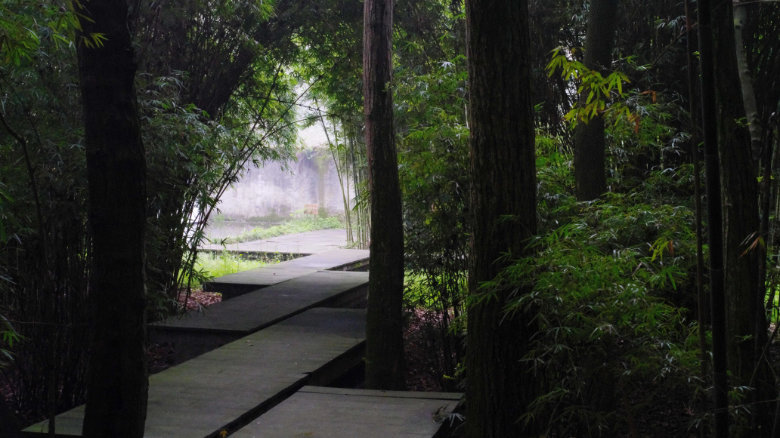
Balancing history and innovation
Liu’s work demonstrates how architecture can engage with history without losing relevance in the present.
An example of this is the Shui Jing Street Ruins Museum in Chengdu, where they integrate archaeological remains into an active public space, allowing visitors to interact with history in a modern context.
In this way, history becomes a living part of the community, rather than an isolated relic.
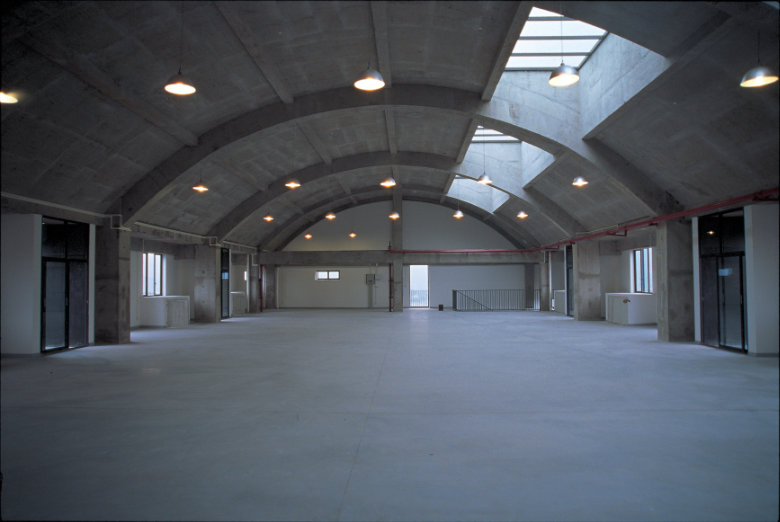
International recognition
Throughout his career, Liu has received increasing international recognition, participating in high-profile exhibitions such as the Venice Architecture Biennale and designing major projects, such as the Serpentine Pavilion in Beijing.
This global acclaim has cemented his reputation as one of the most innovative architects of his generation, capable of integrating local and global ideas coherently.
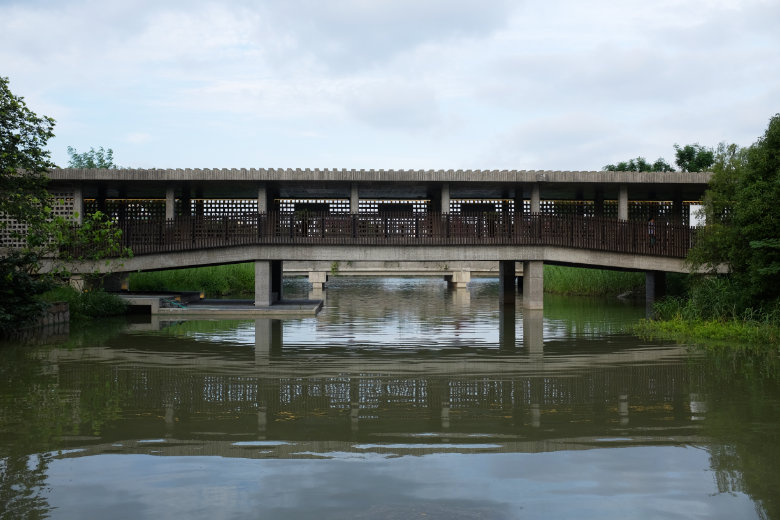
Thinker, educator and philosopher
In addition to his architectural practice, Jiakun has been a prolific thinker and educator, actively participating in the discourse on the future of architecture.
As a visiting professor at the Central Academy of Fine Arts in Beijing, he encourages his students to question established norms and think critically about the role of architecture in society.
He has also lectured at numerous international institutions, contributing to the global debate on the evolution of architecture and its relationship to cultural identity and urban development.
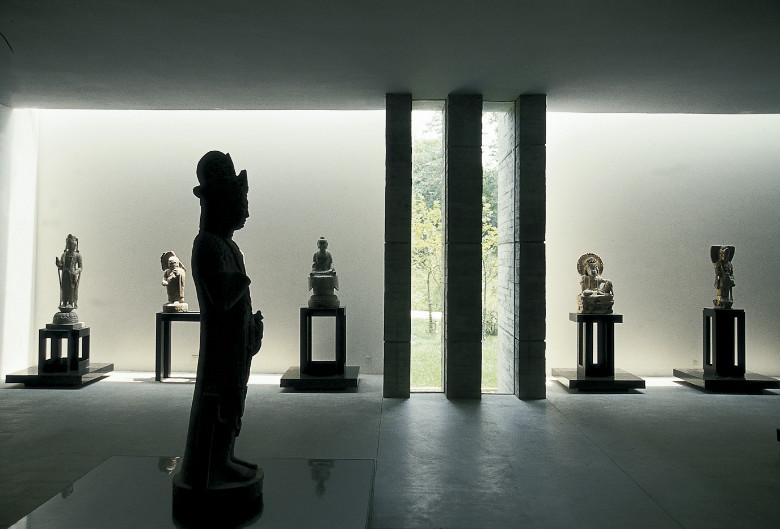
Technology approach
Liu’s philosophy is reflected in his approach to technology, which values simplicity and sustainability over architectural spectacle.
His concept of “appropriate technology” promotes accessible and durable construction solutions, rather than relying on expensive, industrialised technologies.
This approach is clearly evident in his projects, where technology adapts to the needs of the environment and the community, rather than imposing an external vision.
Liu Jiakun has transformed contemporary architecture by integrating tradition and modernity, and placing people at the center of his projects.
For all his works, this talented Chinese creator, philosopher, professor, thinker and author of several museums, throughly deserves being awarded with the prestigious 2025 Pritzker Prize.
His work emphasises the importance of authenticity, community interaction and adaptation to local reality. This has led him to become an influential figure both in China and globally.
